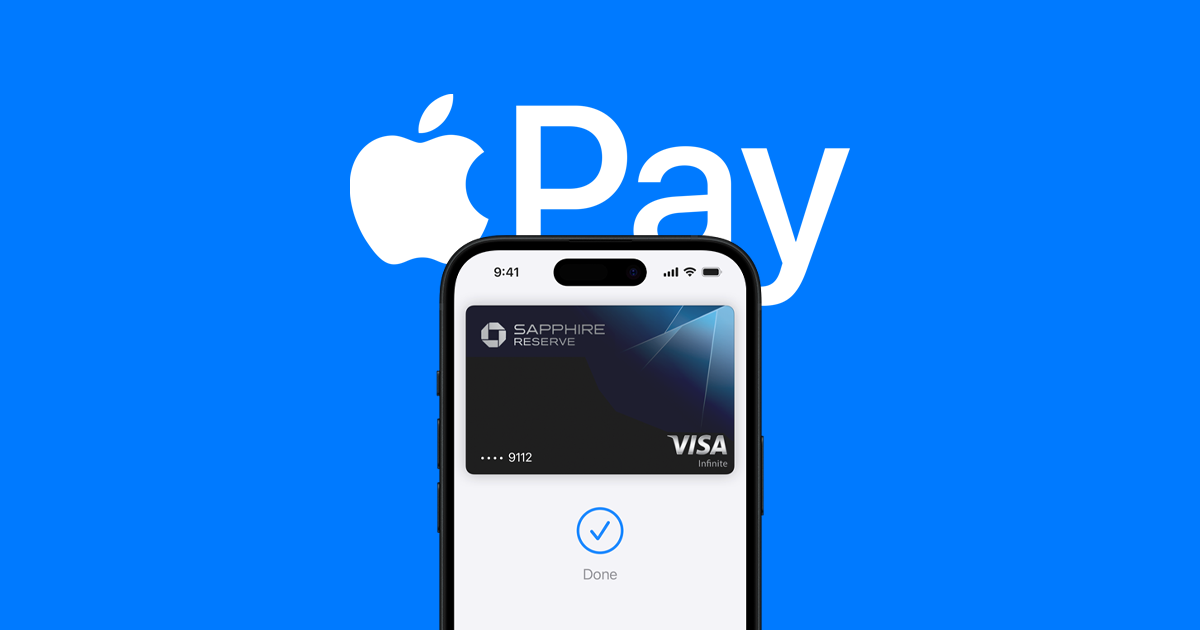The digital marketplace has revolutionized how we access software and services, but the rules governing these platforms are increasingly under the microscope. In a landmark case unfolding in London, Apple is facing a substantial legal challenge concerning its App Store practices, a case that could have significant ramifications for the future of digital commerce.
At the heart of the matter is a £1.5 billion lawsuit alleging anti-competitive behavior. The lawsuit, brought forth by Dr. Rachael Kent, a respected academic from King’s College London, argues that Apple’s control over app distribution on its iOS devices, coupled with its commission structure, constitutes a breach of UK and European competition law. This isn’t just a minor dispute; it’s a David versus Goliath battle that questions the fundamental power dynamics within the app ecosystem.
The core of the complaint lies in Apple’s requirement that all iOS apps be downloaded exclusively through the App Store. This exclusivity, combined with a commission of up to 30% levied on developers for in-app purchases and app sales, is seen by the plaintiffs as an unfair imposition that stifles competition and ultimately harms consumers. They argue that this “walled garden” approach limits choice and potentially inflates prices.
This legal action isn’t just a theoretical debate; it directly impacts millions of consumers. The lawsuit represents an estimated 19.6 million UK iPhone and iPad users who may have been overcharged for apps and in-app purchases over a significant period, from October 2015 to November 2024. The scale of this case is immense, with a vast number of individuals automatically included in the claim unless they actively choose to opt out. This reflects the UK’s legal framework, which aims to provide efficient redress for widespread consumer harm.
Dr. Kent’s argument is compelling: while the App Store initially served as a valuable and innovative platform, streamlining access to digital services, it has evolved into a monopolistic gatekeeper. She contends that Apple has effectively blocked access to alternative app distribution platforms, preventing consumers from potentially benefiting from more competitive pricing and developers from exploring alternative business models. This lack of competition, the lawsuit claims, is detrimental to the overall health of the digital marketplace.
Apple, however, vehemently denies these allegations. They have characterized the lawsuit as “meritless” and maintain that their App Store commission rates are in line with industry standards for digital marketplaces. They point to the fact that a significant majority—around 85%—of apps on the App Store are offered free of charge. Furthermore, they emphasize that many developers qualify for a reduced 15% commission rate, particularly smaller businesses and individual developers. This, they argue, demonstrates a commitment to supporting a diverse and thriving app ecosystem.
The trial, taking place at the Competition Appeal Tribunal, is expected to be a lengthy and complex affair, spanning approximately seven weeks. The outcome of this case could set a precedent for how digital marketplaces are regulated, not just in the UK, but potentially globally. This isn’t an isolated incident; Apple is facing similar legal challenges in other jurisdictions around the world, all centering on its App Store practices.
Adding further weight to the situation, Apple is also currently involved in a separate £785 million UK lawsuit related to developer fees. Moreover, the European Commission recently imposed a €500 million fine on Apple for breaching digital competition rules related to music streaming services. These concurrent legal battles paint a picture of a company facing increasing scrutiny over its market dominance and business practices.
This case is more than just a legal dispute between a tech giant and a group of consumers; it’s a reflection of a broader debate about the balance of power in the digital age. It raises fundamental questions about competition, consumer rights, and the role of regulation in ensuring a fair and dynamic digital marketplace. The outcome of this trial will be closely watched by businesses, consumers, and regulators alike, as it could have a profound impact on the future of the app economy.



